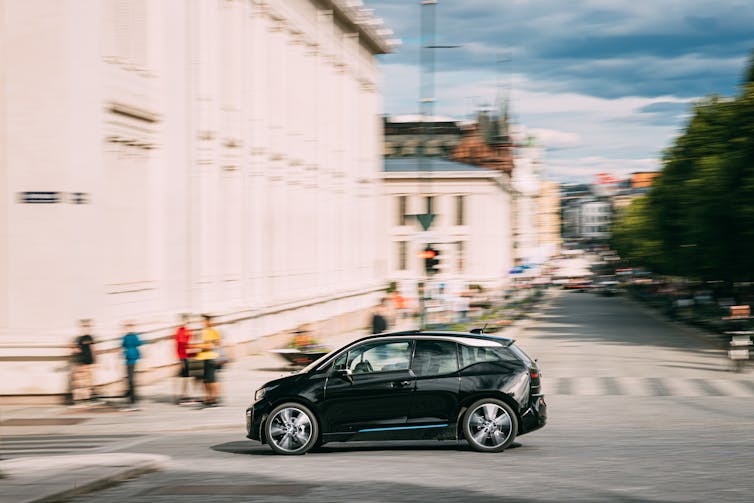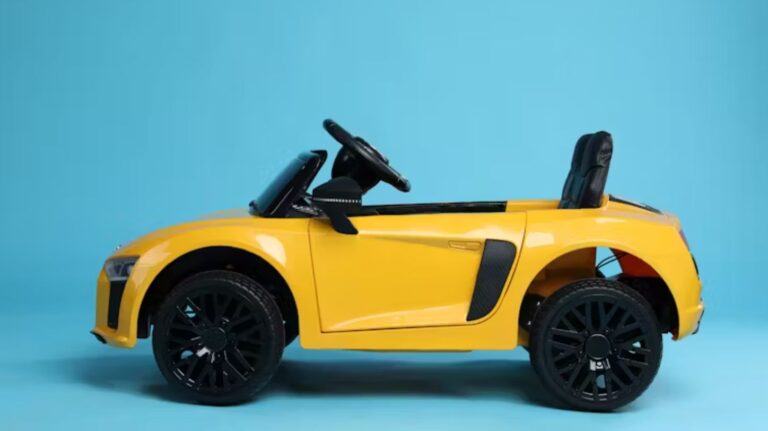When lower-income households face affordability barriers, it’s not just their problem – it’s the missing link to achieving a full switch to electric vehicles.
Norway is set to make history by becoming the first nation to sell only zero emission (electric- or hydrogen-powered) vehicles by the end of 2025. While this doesn’t mean that fossil fuel-powered cars already on the road will suddenly disappear there, it marks a decisive shift towards their eventual obsolescence.
Imagine a world where petrol and diesel vehicles are no longer an option – a bold step towards a greener future. Norway is strikingly close to this goal.
If it succeeds, this will redefine what’s possible in the green transition. Consider this: in 2024, fully electric cars accounted for a staggering 88.9% of all new vehicle sales in Norway. Every year, this number draws nearer to the elusive 100% target (the zero emission category includes a small fraction of hydrogen-powered vehicles, most are electric).
Could Norway reach 100% by this year’s end? It’s a gripping challenge – but there is a barrier that it needs to address to achieve this. Among Norway’s top ten zero emission cars sold last year, there are no small non-SUV vehicles. Can Norway, and other countries, reach their targets selling only large cars?
Our recent research shows that affordability is a tool to get everyone on board. When lower-income households face affordability barriers, it’s not just their problem – it’s the missing link to achieving 100%. Smaller, more affordable electric cars could be the game changer needed to bridge this gap.
For every 100 cars sold in Norway, nearly 90 are electric. In Denmark, the runner-up in this global ranking, it’s just over 50. Elsewhere, few countries have reached or are even approaching a one-third market share for electric vehicles (EVs). Most of these are in Europe, with China also nearing that benchmark. The UK sits at just 19.6%, falling short of the top ten.
Why is Norway so far ahead? A mix of policies, cultural attitudes and the sheer availability of EVs play a role. But one factor stands out: subsidies. Generous, comprehensive subsidies are driving this change.
In Norway, buying an electric car isn’t just a green choice – it’s an affordable one. Subsidies and incentives bring electric car prices in line with, or below, those of petrol and diesel cars. Substantial exemptions from purchase tax and VAT, along with other perks, make electric car ownership remarkably appealing. And it’s financed not only through taxes but by Norway’s oil and gas revenue. Even with some limits on luxury models, the support remains unmatched.

But what about the UK? With the purchase grant – a government scheme that helped reduce the cost of buying an electric car – scrapped, the remaining modest subsidies pale in comparison to Norway’s all-encompassing support. If there’s one takeaway from Norway’s success, it’s that half-measures won’t cut it.
The challenge lies in addressing the affordability gap. Subsidies don’t always reach those who need them most. In Ireland, our research reveals a troubling trend. Grants often end up in the hands of wealthier households – those who could afford an electric car without help. Meanwhile, lower-income households, the ones who would benefit most, are left behind. The result? People buy the vehicles they can afford, which are often fossil fuel-powered.
The consequences are hard to ignore. In cities like London, low-emission zones penalise drivers of polluting vehicles. If you can’t afford an EV, you’re stuck paying more to drive or park in city centres. It’s a vicious cycle that disproportionately affects those with fewer resources.
Targets worth reaching
This isn’t just about fairness. It’s about meeting climate targets. Take Ireland, for example. To achieve its emissions goals, the country needs a significant increase in electric car adoption. Falling short means penalties for the country and missed opportunities to reduce emissions. Relying on households to shoulder the burden of the green transition is neither fair nor effective.
The UK faces similar challenges. Slow adoption rates suggest cost is a barrier. The lack of strong leadership and a roadmap to 2035 only adds to the problem. It becomes clear that more targeted support is needed.
Smaller, more affordable vehicles could play a crucial role in meeting climate targets. Even in a wealthy country like Ireland, 77% of households cannot afford medium-sized electric cars, while 38% cannot afford smaller EVs when factoring in car loans. Without price cuts or higher subsidies, larger EVs will stay out of reach and fail to drive the transition forward.
So do we even need big, luxury EVs? The trend towards larger vehicles, particularly SUVs, isn’t new – but it’s growing rapidly. In Europe, sales of electric SUVs have jumped from one-tenth to half of all EVs sold in just five years.
Larger cars are more expensive, more resource-intensive, and more wasteful. Smaller vehicles, by contrast, are lighter, require fewer materials and emit fewer harmful particles from tyre and road wear. They’re also safer for pedestrians and cyclists.
Smaller vehicles play a crucial role in clean and inclusive mobility. Achieving climate goals hinges on their adoption. Without them, meeting emissions targets – at least in Ireland – becomes far less likely. And if electric vehicles fail to deliver significant emissions reductions, their entire purpose in the transition to a greener future comes into question.
Smaller vehicles aren’t just practical; they are essential for meaningful progress. But electric cars – even the smaller ones – remain burdened by the cost pressures of private car ownership.
Ultimately, though, we also need fewer cars on our roads. A successful green transition must involve more car share schemes, improved access to public transport, and active travel such as walking and cycling.
This article was authored by Agnieszka Stefaniec, Lecturer in Management Science, University of Southampton and Keyvan Hosseini, Enterprise Fellow, Sustainable Mobility, University of Southampton. It is republished from The Conversation under a Creative Commons license. Read the original article.





